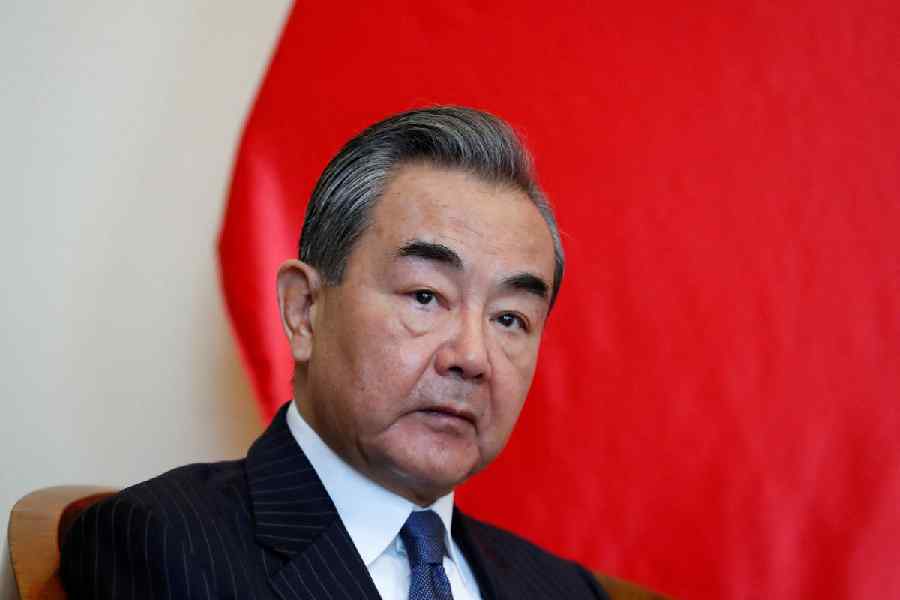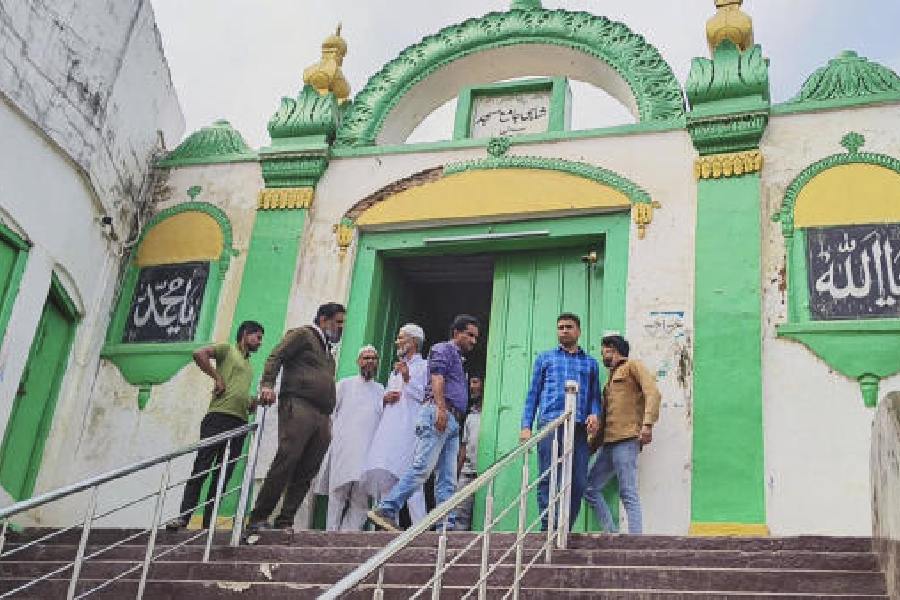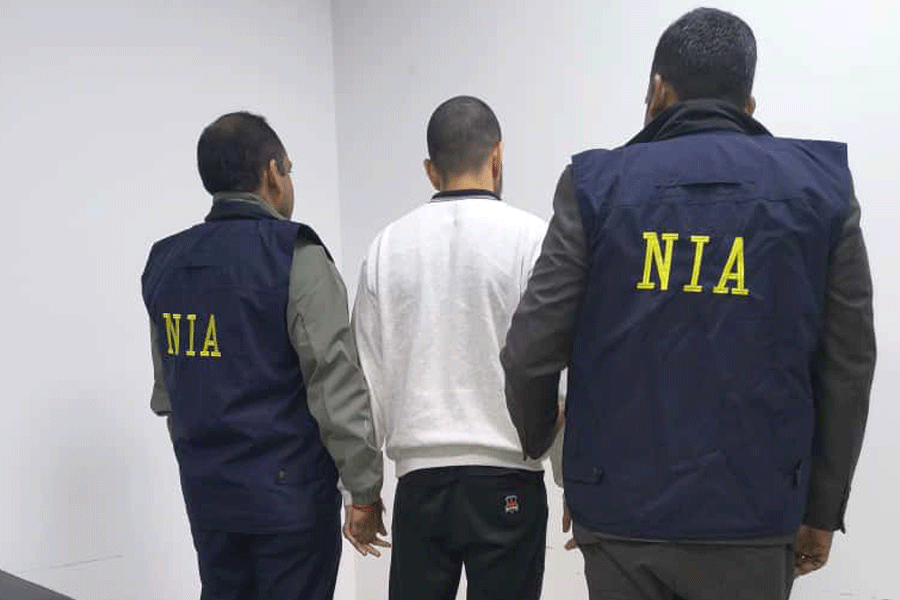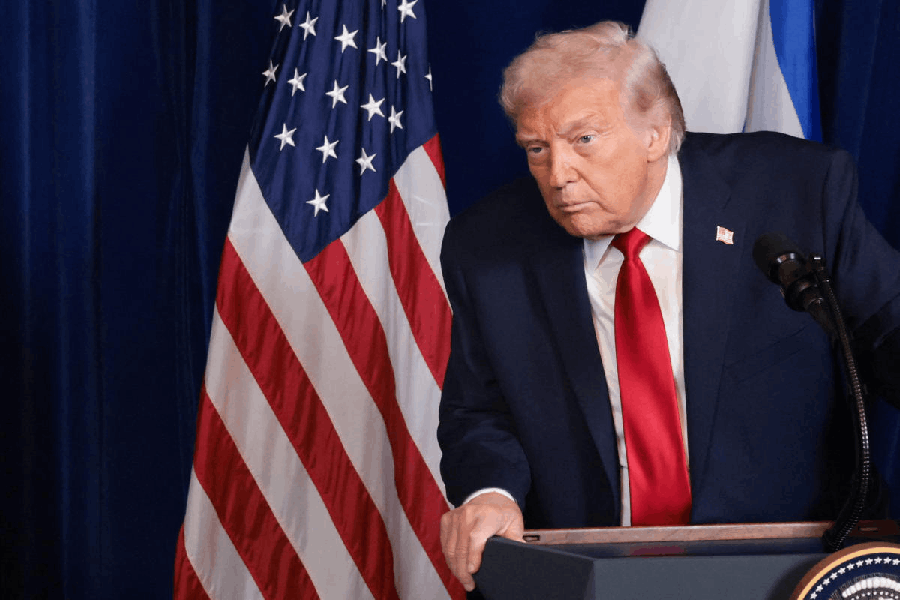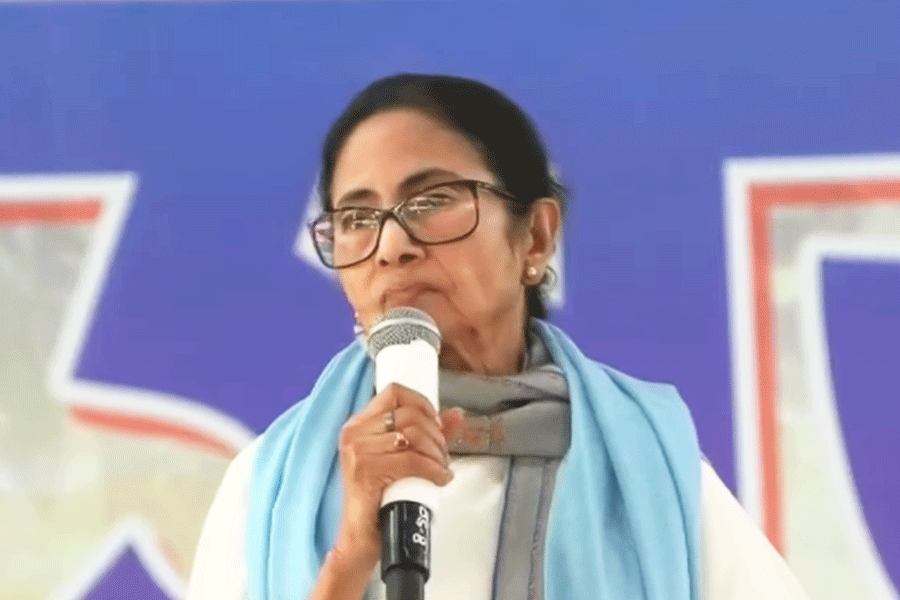|
|
Our communist intellectuals should be made to read Kovalam Madhava Panikkar of whom the Cambridge historian Arthur Hassall wrote that in his “long career as tutor of history at Christ Church” he had “never had a more brilliant student”. If those misguided busybodies on a jaunt along the east coast had any idea of history, geography or strategy, they would have known that patrolling the Bay of Bengal is justified by an ancient Indian logic that is quite independent of either American hegemony or China’s rise.
What we are witnessing in India today is a conflict between living history and dead ideology. It is a small matter that the Left Front is probably also digging its own grave by going against the grain of middle-class sentiment in a country that dreams of the Green Card. If the communists don’t return 60 members of Parliament in the next round of voting, they will no longer enjoy the artificial leverage they are now abusing. For though the Left Front bemoans what it calls the collapse of a national consensus on foreign policy, close strategic ties with the United States of America enjoyed the formal sanction of both P.V. Narasimha Rao and Atal Bihari Vajpayee. Communist MPs raised not a squeak then because their’s would have been a voice in the wilderness. Their present indignation represents the mortal thrashes of a faith that is dead everywhere else in the world but flickers on with a semblance of life in the immense scope for opportunism that Indian politics provides.
Communists claim to speak in the name of the national interest. But no national interest can ignore security or cut a nation off from its past. As Panikkar wrote in India and the Indian Ocean: An Essay on the Influence of Sea Power on Indian History, India and Southeast Asia constitute a single entity “connected integrally in their political, social and economic life”. Since it had been proved that “the power which controls India can at all times control the East Indies”, Panikkar stressed the importance of India playing a leading role in the ocean that bears her name.
This verity bears little relation to an expedient political gamble like Shinzo Abe’s four-power dialogue of democracy. Ever mindful of China’s sensibilities, our ardent Left leaders probably thought the five-power naval exercise was a manifestation of the Japanese move to secure its east Asian predominance. In reality, the naval manoeuvre long antedates Shinzo’s proposal, which was merely discussed — not accepted — at a relatively low-level meeting on the fringes of the last Association of Southeast Asian Nations regional forum conference. Chinese Singapore would not have participated in Malabar 07, which repeated on a grander scale exercises that have taken place before if it had been exclusively aimed at containing China.
Of course, Panikkar would not have enjoyed the Left Front’s favour even if it had been aware of him and his prescience. He was too patrician to fit in with the radical’s image of the Indian nationalist. His sardar title was from a durbar where he served and he presided over the Chamber of Princes as its chancellor before Jawaharlal Nehru sent him as ambassador to China and France. Visually, no one could have looked more the part of Macaulay’s Indian. I remember him as a portly personage in a three-piece suit, fob chain looping across his waistcoat and a little imperial lending authority to his scholarly discourse. But let militants of the Left rejoice: this stately synthesis of East and West predicted even then that China would emerge at the end of World War II as “a first class Asiatic power”.
The war upheld the lessons Panikkar drew from the example of the pioneering seafarers responsible for Suvarnabhumi. It confirmed that the strategic space of a region that borders China and links the Indian and Pacific oceans is essential to India’s defence. China, which fought tooth and nail to keep India out of every important Asian forum, need not be the only adversary. If Rajendra Chola’s navy could cross the seas to Sumatra in the 11th century to attack Sri Vijaya and then sail north to conquer and control what is now the Malaysian sultanate of Kedah, presumably some ambitious Southeast Asian potentate, or an outside power with a foothold in the region, can repeat the adventure in reverse.
Singapore’s collapse in 1943 was a warning of India’s vulnerability. The fall of Burma left eastern India open to invasion. Not for nothing did British India see the arc from Aden to Singapore as its protective glacis. Nehru’s tacit endorsement of the defence agreement that Britain and Malaya signed in 1957, providing for troops and bases, spoke of his realization that however much he might abhor Western military outposts, India’s security could not be separated from that of a Southeast Asia in danger then of being overrun by communist terrorists.
It is not fashionable today to dwell on the Sri Vijaya and Majapahit empires that once dominated this region. The countries of Southeast Asia are too busy reinventing the past to acknowledge their Hindu provenance. Sukarno had no qualms about claiming that the Dutch colony of West New Guinea “formed part of an ancient Indonesian kingdom in the sixth century AD”, which was pure fabrication since Indonesia itself was not created until the 20th and the kingdom he cited was Indian. But such is the region’s resistance to its past that Narasimha Rao did not endear himself to listeners by pointing out that the simha in his name stood for lion. Indonesia and Thailand pass off their Ramaken tales as indigenous lore. Thailand’s scholarly Princess Maha Chakri Sirindhorn once warned me that Thais who believe the Buddha was born in their country, the original Ayodhya, don’t like to hear of Indian influence. If India must at all be acknowledged, they prefer the abstract term Indic. Under the part-Indian Mahathir Mohamed, Malaysia did everything possible to disown its Hindu heritage and distance itself from India.
It is the norm to debunk the Calcutta scholars, Ramesh Chandra Majumdar, Suniti Kumar Chatterji, Kalidas Nag and others, who launched the Greater India Society in the Twenties. They did so with Rabindranath Tagore’s blessings, but the inspiration came from the writings of the famous orientalist, Sylvain Levi. Then George Coedes, director of L’Ecole Francaise d’Extreme Orient, wrote his classic work, The Indianized States of Southeast Asia. Yet, such are the distortions of politics that the Greater India Society pioneers are dismissed as bombastic nationalists impelled only by the urge to flaunt in the face of their British rulers the boast that enslaved though they might be, their ancestors were also proud imperialists with their own quota of Charlemagnes, Bismarcks and Machiavellis.
Southeast Asia’s Islamic revival is largely responsible for denying its Indian past, though Islam was taken there by Indian mariners, merchants and maulvis. European colonists are equally to blame. When a French company lost a restoration contract for Angkor Wat, for instance, it spread the canard that Indian cleansing methods were damaging the temple. “Can Hindus who gave us our gods ever destroy them?” asked an incredulous Cambodian when told of the rumour. Given such malign forces, the disconnect between India and its cultural umbra is not surprising. Nor the fact, as a Singaporean author remarked recently, that the Indian Ocean is Indian only in name.
What is deplorable is that Indian communists should give comfort to these enemies of India. Southeast Asia welcomed Malabar 07 as evidence of India turning belatedly to its ancient footprints in a region that desperately seeks a modern balance of power. The adverse campaign sent the message that elements in India are determined to scuttle an effort that places the national interest above their ideological commitment.



